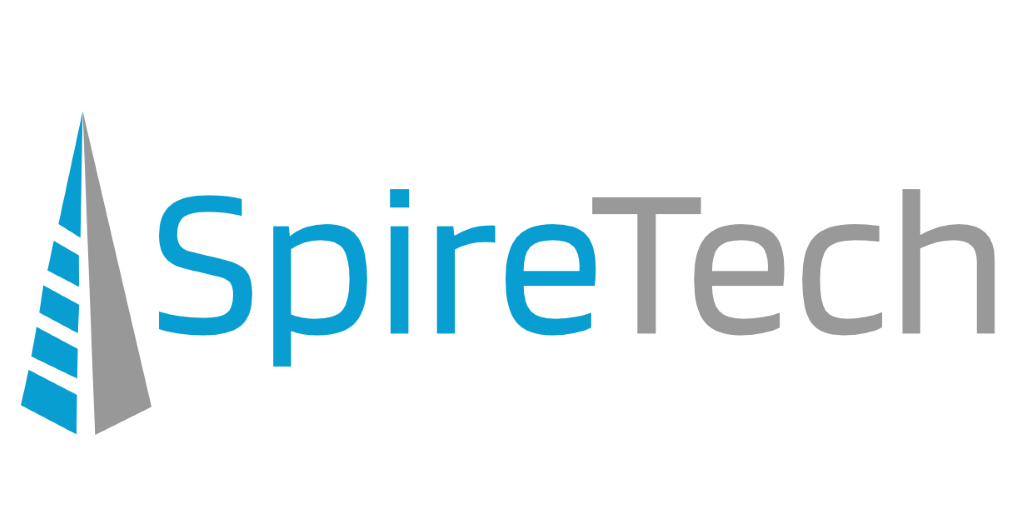used with permission from HP Technology at Work
It’s October, and for businesses across the Northern Hemisphere that means the start of darker days, colder nights, and higher energy bills—bills that strain budgets further each year, with a nearly 20% increase in U.S. commercial electricity costs since 2005.1
In the lead up to winter, help counteract these bills with a range of energy-efficient technologies and tips—from ENERGY STAR® certified equipment, to carbon footprint calculators, to Auto-On/Auto-Off technologies.2 Here are a few ways you can make a difference as soon as today, and set your business up for a more cost-effective season.
1. Approach energy-saving realistically
The first step when cutting energy usage is to set a realistic goal. In general, businesses should be able to cut up to 10% of their energy usage with relatively little effort3—so that might be a good target to aim for, at least to start. Additionally, try to speak with co-workers at the beginning of the process to better understand how their daily tasks contribute to energy costs, what changes may affect the way they work, and if anyone is willing to help with the process.
2. Set a benchmark
Before you change existing practices, you may want to measure and estimate your current usage to compare against later. To set this benchmark, consult your utility bills or contact a representative at your utility company.
3. Turn off equipment when not in use
One of the easiest ways to save energy is to turn off equipment when not in use. The easiest way to ensure a device is truly powered down is to plug it into a power strip with an on/off switch and turn the power strip’s switch to the off position when you’re finished using the device.
4. Adjust the thermostat
Lower your thermostat in the winter and raise it in the summer. According to a study by Lawrence Berkeley National Laboratory, the ideal office temperature in terms of work performance falls between 68-73° Fahrenheit, with 71° Fahrenheit providing the best results.4 This means there is some room to adjust, depending on the temperature outside, without affecting people’s productivity. Remember to speak with coworkers first, however, to ensure everyone is comfortable at the chosen temperature. For even more savings, install a programmable thermostat to automatically adjust the temperature when people are out of the office.
5. Rethink your lighting
If you have control over your office’s lighting, you can invest in more energy efficient bulbs, such as LEDs. Additionally, you can save energy by turning lights off when they’re not in use or by installing motion detectors in low-traffic areas around the office so the lights are only activated when people are present. Try making better use of natural light, too, by shifting desks towards windows and removing any barriers or cubicle walls that might be blocking windows.
6. Invest in more energy-efficient equipment
Businesses can save energy by investing in newer, energy-efficient equipment. For example, the HP Color LaserJet Enterprise M553 printer uses 53% less energy than its predecessor.5 While there is an upfront investment when purchasing new equipment, this is a cost-efficient option if you’re already considering upgrading. To help with your decision, HP provides a list of products meeting various energy qualifications/certifications worldwide, including ENERGY STAR®, EPEAT®, and more.
7. Take advantage of special financing
If you’re considering investing in energy-efficient equipment, investigate financing options in your region. Organizations that might offer special financing include associations, state governments, and federal governments. For more information, the SBA provides a list of resources for businesses looking to make an energy-efficient upgrade.
[1] U.S. Energy Information Administration, Average Retail Price of Electricity to Ultimate Customers, 2015. Calculation based on an average retail commercial price of 8.67 cents per kilowatt hour in 2005 and 10.75 cents per kilowatt hour in 2014.
[2] HP Auto-On and Auto-Off capabilities subject to printer and settings.
[3] American Express Open Forum, Creating an Energy Management System for 2015, 2015.
[4] Lawrence Berkeley National Laboratory, Temperature and Office Work Performance, 2015.
[5] Based on HP internal testing of predecessor devices completed 1/2015 or published information and subject to device settings. Actual results may vary. Faster refers to First Page Out Time (FPOT). For energy efficiency, the HP M252 is 15%, HP M277 is 16% and the HP M553 is 53% lower versus predecessor. For details see hp.com/go/LJclaims.
